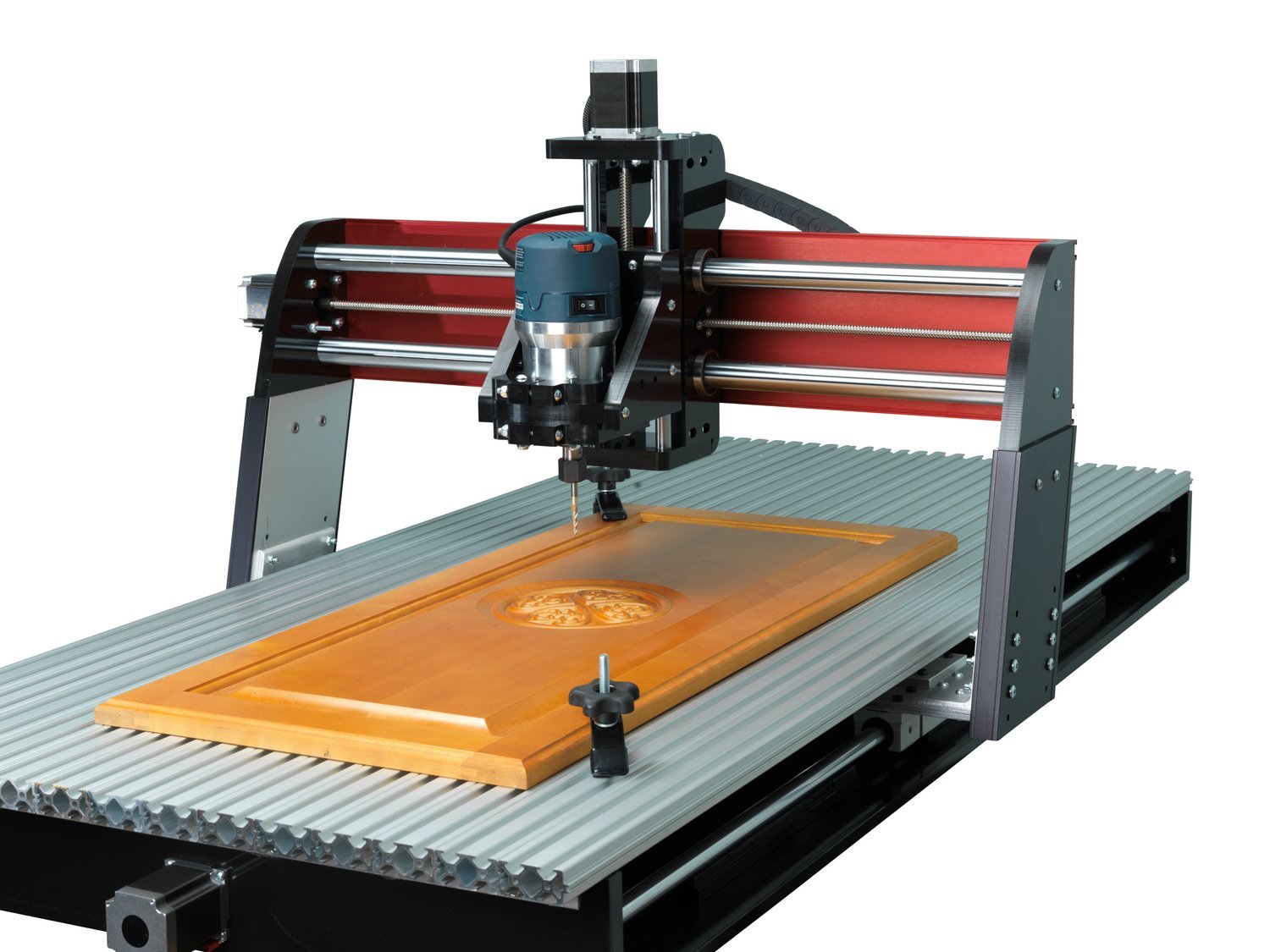
- #Cnc usb controller review how to#
- #Cnc usb controller review serial#
- #Cnc usb controller review drivers#
- #Cnc usb controller review software#
- #Cnc usb controller review download#
#Cnc usb controller review drivers#
The drivers and MACH3 PLUGGIN SUPPLIED BY LINK ON PRODUCT PAGE work as specified.but if the drivers are installed on WINDOWS 8 or 10, then DRIVER SIGNING MUST BE DISSABLED FIRST!. My CNC machine is capable of MILLING, ENGRAVING, LASER ETCHING/ENGRAVING, DRAWING/PLOTTING ans 3D PRINING. I fitted the device to my CNC machine and it worked faultlessly. If use with win 10 you have to disable driver signature.

#Cnc usb controller review how to#
It is about 28 MB and you have note how to instal it. I downloaded driver from here: !AtFCpc6A-Ni7dkxrzdGsxCOPjnM
#Cnc usb controller review download#
The main problem is that people don't know that this is a copy of uc100 and that you can't download do original driver to get it to work. and now I have no use of this item but to stock it in my part bin and hope to resale it at some point in the future. The Product is of Good Quality but I am very disappointed about the shipping time ,it took over 2 1/2 months to get to my home, I had to spend 60$ Cad on a new Parallel Computer card that is with the gas I spent to go down to Montreal to find the card.

The conversion of the G-code instructions into direct controls to the axis drive motors follows certain rules and takes place according to a certain logic Grbl also supports some operating modes and standard management, such as limit switches, emergency stop buttons, power tool speeds, etc. The firmware can be downloaded from github. In our case, as an open firmware, we have customized it by modifying some parts, especially those that define the CNC structure to which the controller card will be paired. Grbl is designed for the Arduino world and can therefore be installed on ATmega Atmel microcontroller-based board with preloaded bootloader using the same Arduino IDE. The machine converts the coordinates in step to give the engine (taking into account the microsteps) to make the commands required by the commands. Grbl is a firmware created to interpret G-code language and convert it into commands on the three axes of a CNC machine Then the G-code sends the shift coordinates on the three axes (for example, to trace a square you need 4 coordinates and then 4 commands: from one point to a second, from the second to the third, from the third to the fourth and from the first to the first). The firmware installed is grbl, not compatible with Mach3, so we have to orient, for CNC control software, to appropriate solutions.

#Cnc usb controller review software#
So our card receives G-Code coordinates from USB and locally generates impulses on its parallel, which drives the original printer controller.įor how the firmware we choose, we can not use Mach 3, but software that goes on USB but something like GRBL sender, which sends coordinates in the format that our card reads. The parallel control of the control pulses from commands received on USB is carried out by an ATmega2560 microcontroller interfaced with a USB / TTL converter In the microcontroller we loaded the grbl firmware.
#Cnc usb controller review serial#
We've been circumventing the problem Realizing something that is actually a commanding subsystem of commands sent by the CNC control software: a board that connects to one side to the USB and, by means of a DB-25 connector, to the parallel of the 3 axis controller board CNC and interprets received commands, extracts them from incoming serial strings on the USB, and rebuilds commands on a parallel connection by reassigning them with the right timings and time consistency with the pulses of all command lines. This process involves, due to latency, impulse synchronization problems (because Mach 3 drives line by line to motors and their driver lines) and time consistency, so it is advisable to use a USB / parallel adapter. Which should then extract them and rearrange them in parallel form. If you were trying to communicate via USB with a converter, it would first be possible to open a virtual LPT corresponding to the USB with the case drivers, then the data would be serialized and then transferred along the USB to the USB / parallel converter, Mach 3 performs G-code file and control the parallel port pins to move the motors. To understand the utility of the interface, it is to be said that in the common CNC port on LPT the command is given by the machining software (for example Mach 3) starting from the G-code language file sends directly to the parallel pulse lines to advance The respective axes of a number of steps / mm.


 0 kommentar(er)
0 kommentar(er)
